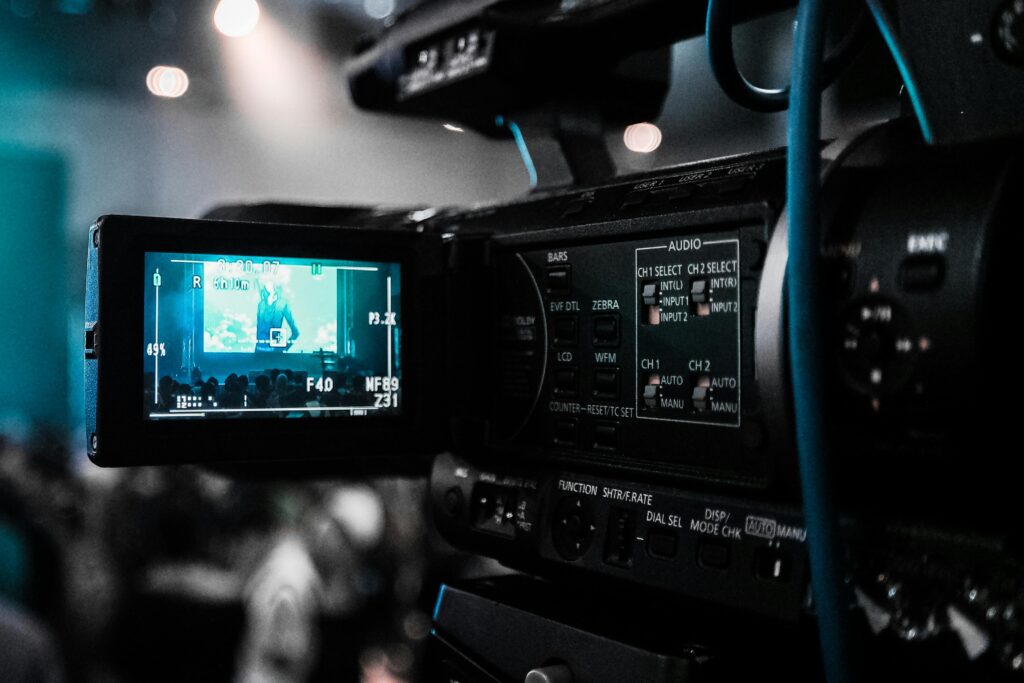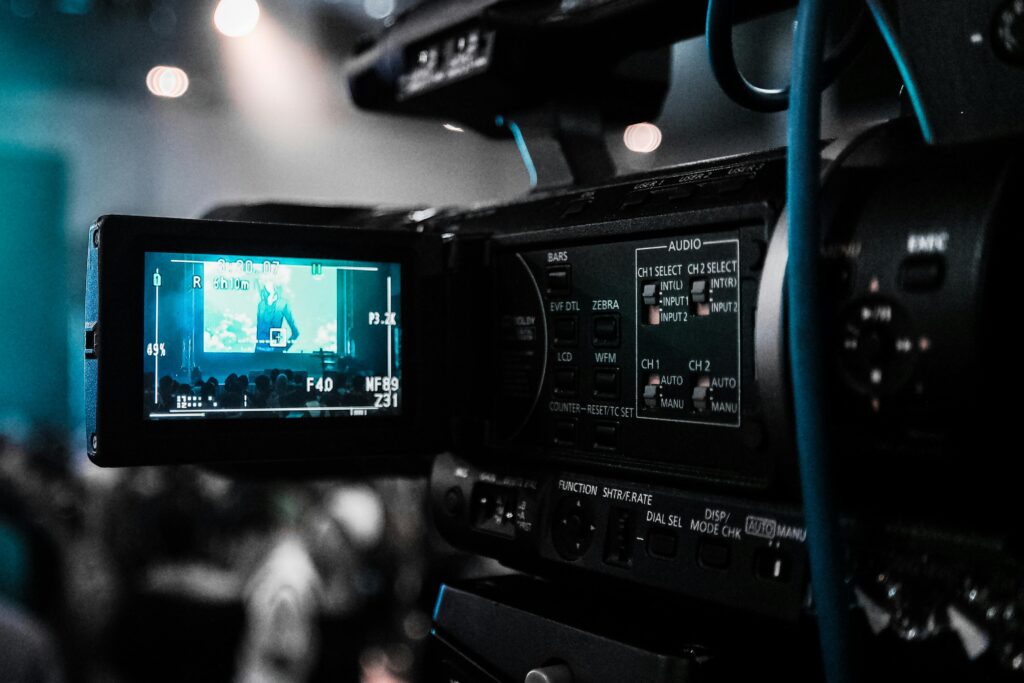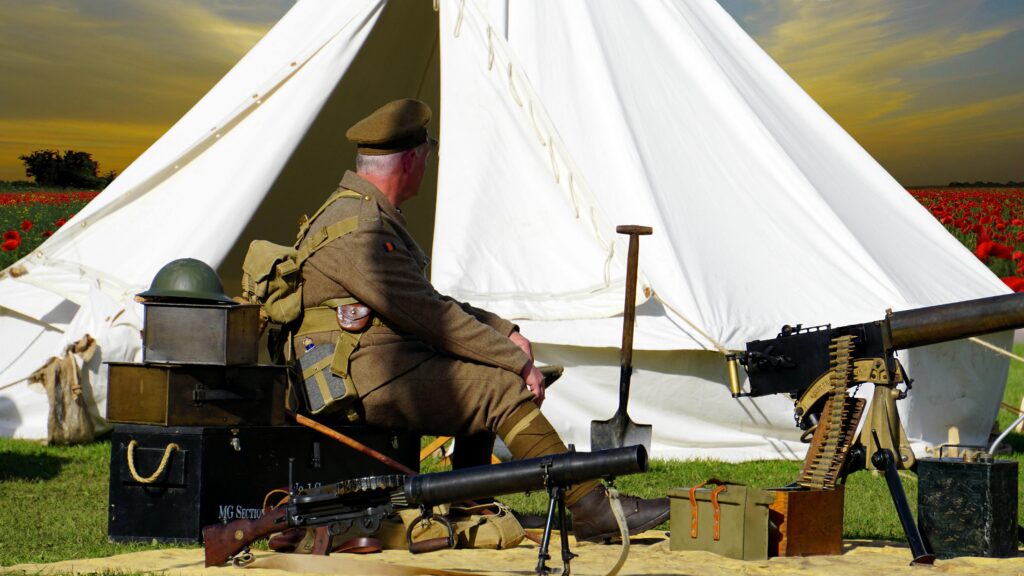James Cameron’s 1997 film Titanic remains a monumental achievement in cinema, blending historical accuracy with compelling storytelling. The process of filming Titanic was an ambitious endeavor that involved meticulous planning, innovative techniques, and overcoming numerous challenges.
Exploring the Titanic Wreckage
Before principal photography commenced, Cameron embarked on a series of deep-sea dives to the actual RMS Titanic wreckage in the North Atlantic Ocean. These expeditions provided authentic footage that bookends the film, offering viewers a haunting glimpse into the ship’s remains. Cameron’s passion for deep-sea exploration significantly influenced the film’s realistic portrayal of the Titanic’s final resting place.
Constructing the Titanic Set
To recreate the grandeur of the Titanic, a near life-size replica was constructed at Baja Studios in Rosarito, Mexico. This massive set was built within an enormous water tank costing $40 million, allowing for realistic filming of the ship’s exterior and sinking scenes. The scale of the set was so vast that a zoning system was implemented to prevent crew members from getting lost.
Filming Locations and Techniques
Baja California, Mexico
The majority of the film was shot at Baja Studios, where the colossal Titanic set was located. This facility provided the space and resources necessary to depict both the opulent interiors and the catastrophic sinking of the ship.
Los Angeles, California
Several key scenes were filmed in Los Angeles County. The Belmont Olympic Pool served as the backdrop for many water scenes, particularly those depicting the aftermath of the sinking. Additionally, the S.S. Lane Victory, a World War II cargo ship, was used to film parts of the engine room sequences.
Vancouver and Halifax, Canada
Secondary locations included Vancouver and Halifax, Nova Scotia, where additional scenes were shot to capture the diverse settings required for the film.
Attention to Detail
Cameron’s commitment to historical accuracy was evident in every aspect of the production. Props such as silverware, ashtrays, and teacups were stamped with the White Star Line emblem to ensure authenticity. The carpeting, wallpaper, furniture, and even the davits used to lower the lifeboats were meticulously recreated. Cameron also provided all 150 extras with detailed backstories and names, enhancing the realism of the film.
Challenges During Production
The production faced numerous challenges, including a longer-than-expected filming schedule. Principal photography began in September 1996 and extended beyond the planned 138 days, concluding after 160 days. The demanding nature of the shoot led to various injuries among the cast and crew, with some stunt performers sustaining broken bones during the intense sinking scenes.
Innovative Filming Techniques
To depict the sinking of the Titanic, the massive set was divided into sections that could be tilted at various angles. The rear portion of the ship could rotate a full 90 degrees, allowing for realistic portrayals of the ship’s final moments. Miniatures and computer-generated imagery (CGI) were also employed to enhance the visual effects, creating a seamless blend of practical and digital effects.
Common Questions About Filming Titanic
- Where was the Titanic movie filmed? The primary filming locations included Baja Studios in Rosarito, Mexico; Los Angeles County, California; and additional scenes in Vancouver and Halifax, Canada.
- Did they use real footage of the Titanic wreck? Yes, James Cameron conducted deep-sea dives to the actual Titanic wreckage and incorporated the footage into the film.
- How did they film the sinking scenes? The production utilized a combination of a massive tilting set, miniatures, and CGI to realistically depict the sinking of the Titanic.
- Were there any injuries during filming? Yes, the demanding nature of the shoot led to various injuries among the cast and crew, including broken bones sustained by stunt performers.
- How long did it take to film Titanic? Principal photography began in September 1996 and extended beyond the planned 138 days, concluding after 160 days.
- What was the budget for Titanic? The film had a record-breaking budget of $200 million at the time of its release.
- Did James Cameron dive to the Titanic wreck? Yes, Cameron conducted multiple dives to the Titanic wreckage, which influenced the film’s realistic portrayal of the ship’s remains.
- How accurate is the film’s depiction of the Titanic? Cameron’s meticulous attention to detail ensured a high level of historical accuracy in the film’s depiction of the Titanic.
Conclusion
The filming of Titanic was a monumental undertaking that combined innovative filmmaking techniques with a commitment to historical accuracy. James Cameron’s dedication to authenticity and his willingness to push the boundaries of filmmaking resulted in a cinematic masterpiece that continues to captivate audiences worldwide.


